This from Eric Haak:
I took in this still at 3259 S. Halsted at about 9:15 on Saturday morning (2/7/15). I arrived about 5 minutes too late and the fire was knocked pretty good by the time I walked down. The fire appeared to be mostly contained to the rear porches of a fairly large 3-story mixed occupancy. Engines 29 and 28 with Trucks 8 and 11. It was hard to get a good shot of 29 shooting into the sun.
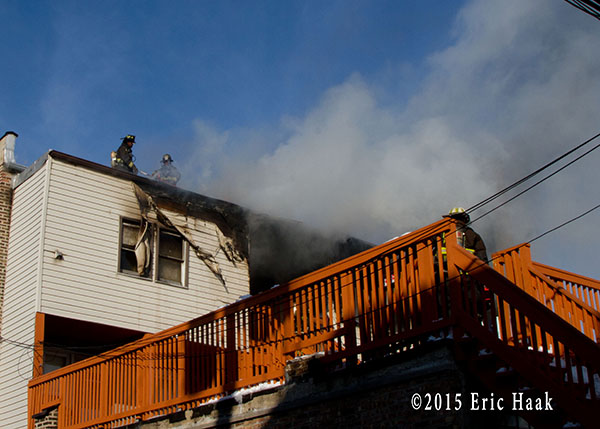
Eric Haak photo
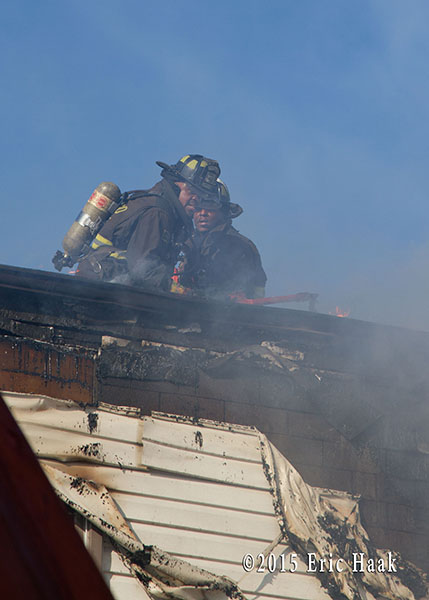
Eric Haak photo
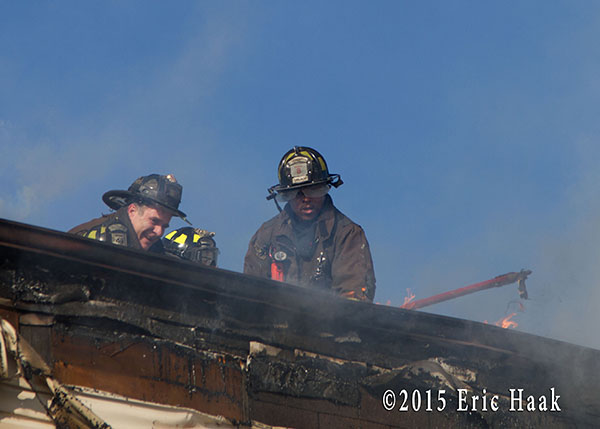
Eric Haak photo
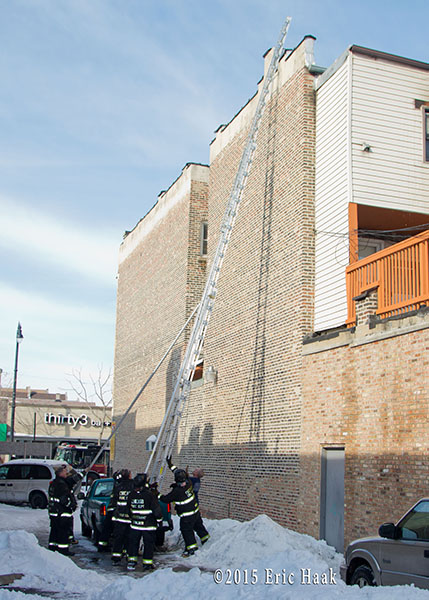
Eric Haak photo
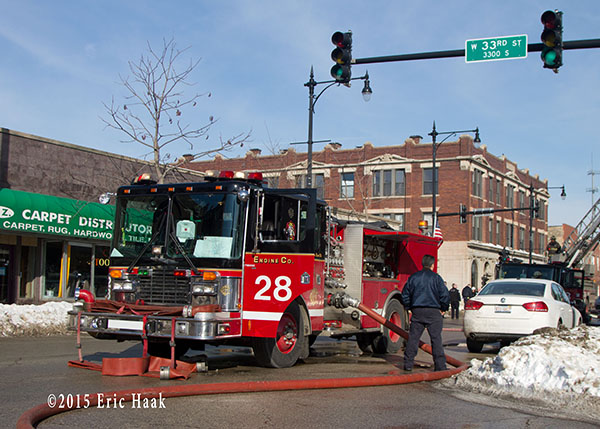
Eric Haak photo

Eric Haak photo






























#1 by Drew Smith on February 11, 2015 - 8:59 AM
I fully agree with the Boston comment. That’s the gold standard for ladder work. No shortage of great Boston ladder work photos.
http://www.firefighterbasics.com/wp-content/uploads/sites/13/2013/05/7-6182-11-2-1992-14211.jpg
#2 by CFD 1979 on February 11, 2015 - 8:44 AM
You want to see some stellar ladder work, look at the SOPs for the Boston Fire Department in regards to ladder work/truck duties. Very, very impressive.
#3 by David on February 11, 2015 - 5:17 AM
Guys, thanks a lot for all the info, didn’t realize it before but it looks that in some tight spaces where the normal aerial can’t be used the bangor remains pretty much irreplaceable.
#4 by Drew Smith on February 10, 2015 - 11:12 PM
More ladders are needed at most fires. A review of photos on this site shows many fires in multi-story structures lacks ladders as a means of egress from the upper floors. When companies are sent to the roof many lack a second means of egress. The solution is easy and difficult at the same time. In Prospect Heights I would like our companies not assigned to lead out to throw a ladder. We frequently heard on the radio command ordering companies to come to the front of the building with tools or to help out a certain company. When that company is moving from its apparatus to the structure they should bring a ladder and throw it. A ladder thrown to the second floor on a the front side can be relocated to a FF in distress faster than any ladder still on a rig back at the street. If we do this more often we will get better at judging where the ladders should be placed in the first place. The challenge is getting the ladders off the rig and thrown. Why wait for a working, all-hands fire? Do it on lesser calls like smoke in the building or the reported fire. “What if” that suspected food on the stove isn’t? We all signed up to be firemen so we should look for opportunities to act like firemen. Don’t wait for the Super Bowl or Stanley Cup. Use your lesser incidents to scrimmage and throw ladders (or lead out)!
#5 by tom sullivan on February 10, 2015 - 8:02 PM
the “50” has been the ladder of last resort as DMc77 said. the early CFD training evolutions called for 6 ff’s and an officer to raise them. that was based on the original wooden ladders. they were extremely heavy , the current aluminum ones are no light weights either !
the use of ground ladders overall in the CFD has been on the rise in recent years due to an priority being placed on getting ladders to all sides , particularly the rear of structures to provide an alternative way off the roof. at one time ladder use seemed to fallen by the way side. during the reduced manpower era of the late 70’s, at some fires the second engine would raise a ladder then lead out. after adding a second truck to still alarm responses and more manpower available, ladders have made a comeback. as always there was a learning curve to this.
#6 by DMc77 on February 10, 2015 - 4:30 PM
Many other depts. have used the Bangor ladder over the years. The ladders come in
40, 45, and 50 foot lengths. Usually many feature the tormentor poles on the sides.
They were popular in bigger cities that ran well staffed ladder companies due to the number of firemen needed to raise them. The CFD over the years have made many, many rescues off them as they are the only way to reach the upper stories of the 3, 4, and 5 story apartment buildings that can’t be reached by a conventional aerial ladder. We had one on our old Seagrave truck but it fell into disuse as the staffing on the truck dropped below four. Eventually it failed an annual inspection and was taken out of service. It takes some practice and coordination to raise it safely and efficiently. We would raise it occasionally in the early 2000’s, and it was always an interesting evolution
#7 by David on February 10, 2015 - 2:09 AM
I’d like to ask – is the Bangor ladder some CFD specialty or there are some other depts using it too?? Thanks!